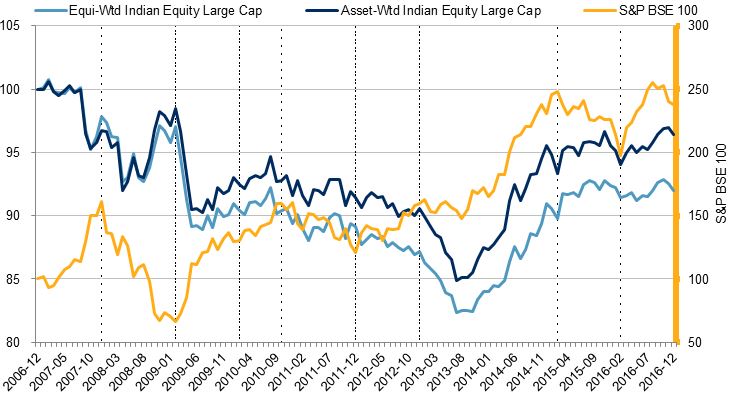We explored the topic of building a 30-year TIPS portfolio in a previous blog. If the numbers we threw around seemed too big (USD 5,000 or USD 10,000 per year over a long period of time) for a Millennial, don’t lose heart. The U.S. Series I Savings Bonds (or I Bonds) provide an easy way to save for beginners. Currently, any investor with a social security number can buy up to USD 10,000 per year in I Bonds, with minimum purchase of USD 25 per transaction. This makes it much easier for a Millennial to put aside, say, USD 31.33 if he wants to save only that much. Yes, you read that right, you can buy an I Bond to the penny, as long as it is over USD 25.00.
There are some basic differences between TIPS and I Bonds, but essentially both are financial instruments that allow one to hedge against inflation over time. For a good illustration, please visit the TreasuryDirect website, https://www.treasurydirect.gov/.
Why bother with putting away such a small amount (in this example, USD 31.33)? This gets at the heart of retirement readiness. To be retirement ready, one needs to pay attention to three drivers: (1) contribution, (2) investment strategy, and (3) spending goals. Savings are directly related to the first driver—contribution. Whether or not retirement has been funded adequately, funding has to begin somewhere. A thousand-mile journey begins with the first step, as does the wealth accumulation for one’s retirement income, by modest savings. Once the amount saved has reached some critical mass, more finely calibrated investment strategy can be adopted to further grow the investment assets. We will leave the last driver—spending goals—alone, for the time being.
I Bonds can be useful in this undertaking of funding for one’s eventual retirement many years down the road as a supplement other funding schemes. They are meant to be long-term investments, and they continue to earn interest for up to 30 years. Interest on an I Bond is a combination of two rates: (a) a fixed rate of return, which remains the same throughout the life of the I Bond, and (b) a variable inflation rate, which is calculated twice a year, based on changes in the nonseasonally adjusted Consumer Price Index for all Urban Consumers (CPI-U) for all items, including food and energy (CPI-U for March compared with the CPI-U for September of the same year, and then CPI-U for September compared with the CPI-U for March of the following year).
Currently, the fixed rate of return is close to zero, due to the historically low level of interest rates. If you were to buy an I Bond now, in the month of April, the April 2017 I Bond issue would have a fixed rate of zero and a semiannual inflation rate of 1.38%, providing an annual composite rate of 2.76%, good for the six months from April to September. For the six months between October 2017 and March 2018, the semiannual inflation rate would be based on the CPI-U for September 2016 compared with the CPI-U for March of 2017 (which was announced on April 14, 2017 to be 0.98%). Thus the composite rate for the six months from October 2017 to March 2018 would be 1.96% [=0.0000 + (2 X 0.0098) + (0.0000 X 0.0098) = 0.0196]. So, here is the final tally: an investor who buys the USD 10,000 yearly limit in April 2017 would get a fixed rate of 0.0% and earn USD 138 in the first six months and then a bit more than USD 98 the next six months (due to compounding on the interest accrued), for a total of slightly more than USD 136.
The posts on this blog are opinions, not advice. Please read our Disclaimers.






